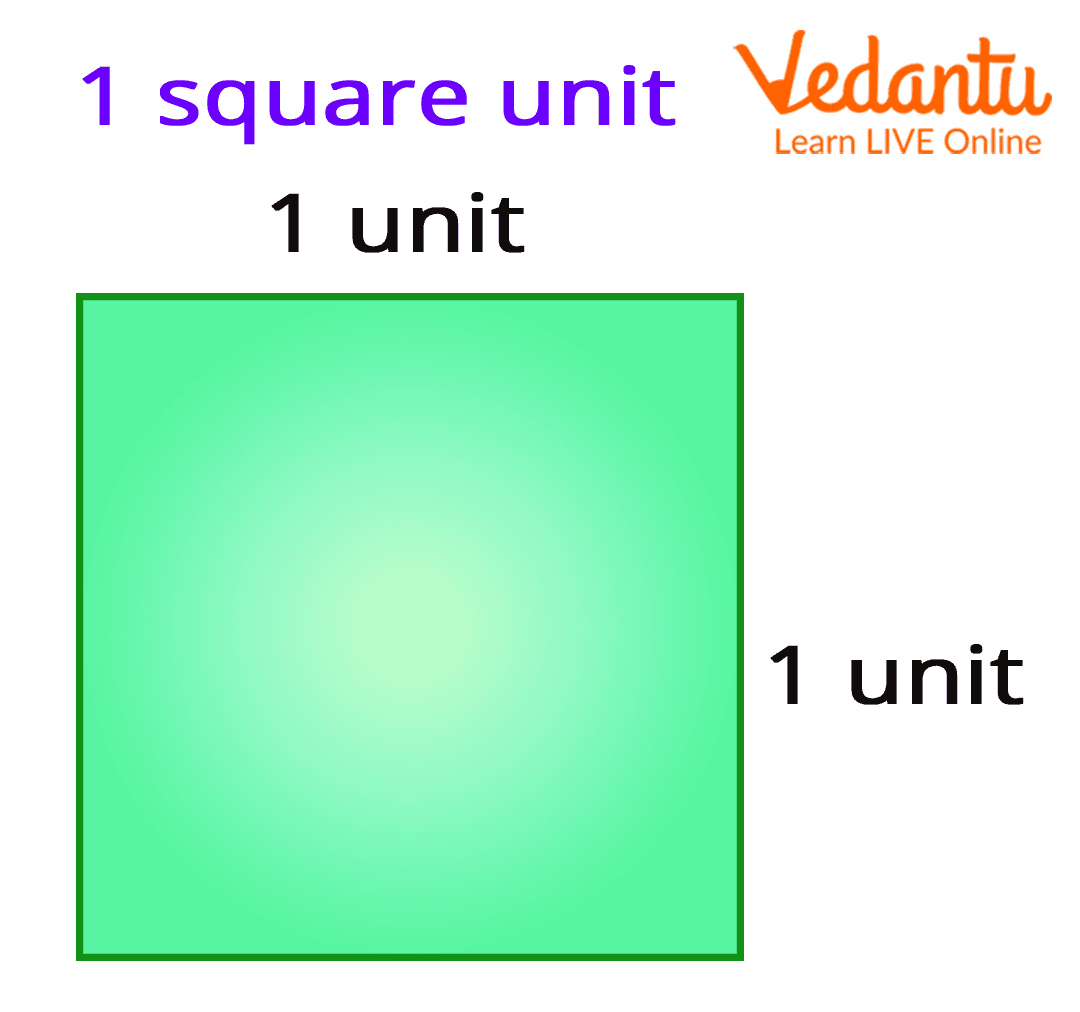In the world of skincare, the quest for the perfect cleanser is a constant journey. With a plethora of options available, two popular types have emerged: instant foaming cleansers and traditional cleansers. Each has its unique features, advantages, and disadvantages, making the choice between them a matter of personal preference and skin type. In this article, we will delve deep into the characteristics of both types of cleansers, analyze their effectiveness, and help you determine which is best for your skin.
What is an Instant Foaming Cleanser?

Instant foaming cleansers are typically formulated to create a lightweight, airy foam that can gently lift away impurities and makeup from the skin’s surface. These cleansers are often packaged in pump bottles that aerate the product, creating a rich lather upon dispensing. The key ingredients often include surfactants, which help to create the foam, and actives that target specific skin concerns.
What is a Traditional Cleanser?

Traditional cleansers encompass a broad range of products, including cream cleansers, gel cleansers, oil cleansers, and micellar waters. These cleansers generally do not foam but may include a variety of textures and formulations tailored to different skin types. Traditional cleansers can be oil-based, water-based, or even milky and are designed to remove dirt, oil, and makeup without stripping the skin of its natural moisture.
Comparative Analysis: Instant Foaming Cleanser vs. Traditional Cleansers
Texture and Application
The texture and application process of a cleanser play a crucial role in user experience:
- Instant Foaming Cleanser: The foam is light and airy, making it easy to apply and spread across the skin. The experience of using foam can feel luxurious and refreshing.
- Traditional Cleanser: These cleansers may vary in texture, ranging from thick and creamy to thin and watery. Some users may prefer the tactile experience of a cream or oil cleanser, while others might enjoy the ease of a gel cleanser.
Effectiveness in Cleansing
Both types of cleansers are designed to cleanse the skin, but their effectiveness can vary based on formulation:
- Instant Foaming Cleanser: The foaming action can help lift dirt and oil from the skin. However, foaming cleansers often contain surfactants that may be too harsh for sensitive skin types, potentially leading to dryness or irritation.
- Traditional Cleanser: These cleansers can be formulated to suit specific skin concerns. For example, oil cleansers can effectively remove makeup, while gel cleansers are ideal for oily skin types. Their gentler formulations can be better suited for sensitive or dry skin.
Skin Type Compatibility
Choosing a cleanser that complements your skin type is essential for optimal skin health:
- Instant Foaming Cleanser: Suitable for normal to oily skin types. Those with acne-prone or oily skin may benefit from the deep-cleansing properties of foaming cleansers.
- Traditional Cleanser: Offers versatility for various skin types. Cream cleansers may be ideal for dry skin, while gel cleansers can cater to oily skin. Micellar waters are excellent for sensitive skin as they are gentle and non-irritating.
Ingredients and Formulation
The effectiveness of a cleanser also hinges on its ingredients:
- Instant Foaming Cleanser: Common ingredients include sodium lauryl sulfate (SLS) and sodium laureth sulfate (SLES). While these ingredients create a rich lather, they can also strip natural oils from the skin.
- Traditional Cleanser: These often feature a more diverse array of ingredients, including oils, botanical extracts, and humectants that can hydrate and soothe the skin. For example, oil cleansers typically contain natural oils like jojoba or coconut oil, which nourish the skin while cleansing.
Real-World Examples and Case Studies

To better understand the efficacy of these cleansers, let’s look at some examples and case studies:
Case Study: A Survey of Users

A recent survey conducted by a skincare brand found that:
- 67% of participants with oily skin preferred instant foaming cleansers due to their ability to remove excess oil.
- 75% of participants with dry or sensitive skin reported that traditional cream or oil cleansers were less irritating and more hydrating.
Ingredient Spotlight: The Role of Surfactants

One of the key differences between these cleansers lies in their surfactant content:
- Surfactants in instant foaming cleansers can effectively lift away dirt but may also disrupt the skin barrier.
- Traditional cleansers may incorporate milder surfactants or none at all, focusing instead on moisturizing and soothing ingredients.
Consumer Preferences and Trends
Consumer preferences in skincare are evolving. The trend towards clean beauty has led many individuals to scrutinize the ingredients in their products. This shift affects the choice between instant foaming cleansers and traditional cleansers:
- Instant foaming cleansers are often marketed as quick and efficient, appealing to busy consumers.
- Traditional cleansers that emphasize natural ingredients and gentleness are gaining traction among those seeking sustainable and skin-friendly options.
Conclusion: Which is Better?

Choosing between an instant foaming cleanser and a traditional cleanser ultimately depends on personal preferences, skin type, and skincare goals. Here are the key takeaways:
- **Instant Foaming Cleansers** are best suited for oily skin, offering a refreshing, deep-cleansing experience but may be too harsh for sensitive or dry skin.
- **Traditional Cleansers** provide versatility, catering to various skin types and concerns. They often contain nourishing ingredients and are generally milder on the skin.
- Understanding your skin type and the ingredients in your cleanser is crucial for making an informed decision.
Ultimately, the best cleanser is the one that meets your skin’s needs while aligning with your personal values regarding ingredients and skincare philosophy. Whether you lean towards the quick convenience of an instant foaming cleanser or the gentle nurture of a traditional cleanser, the right choice can lead to healthier, happier skin.





